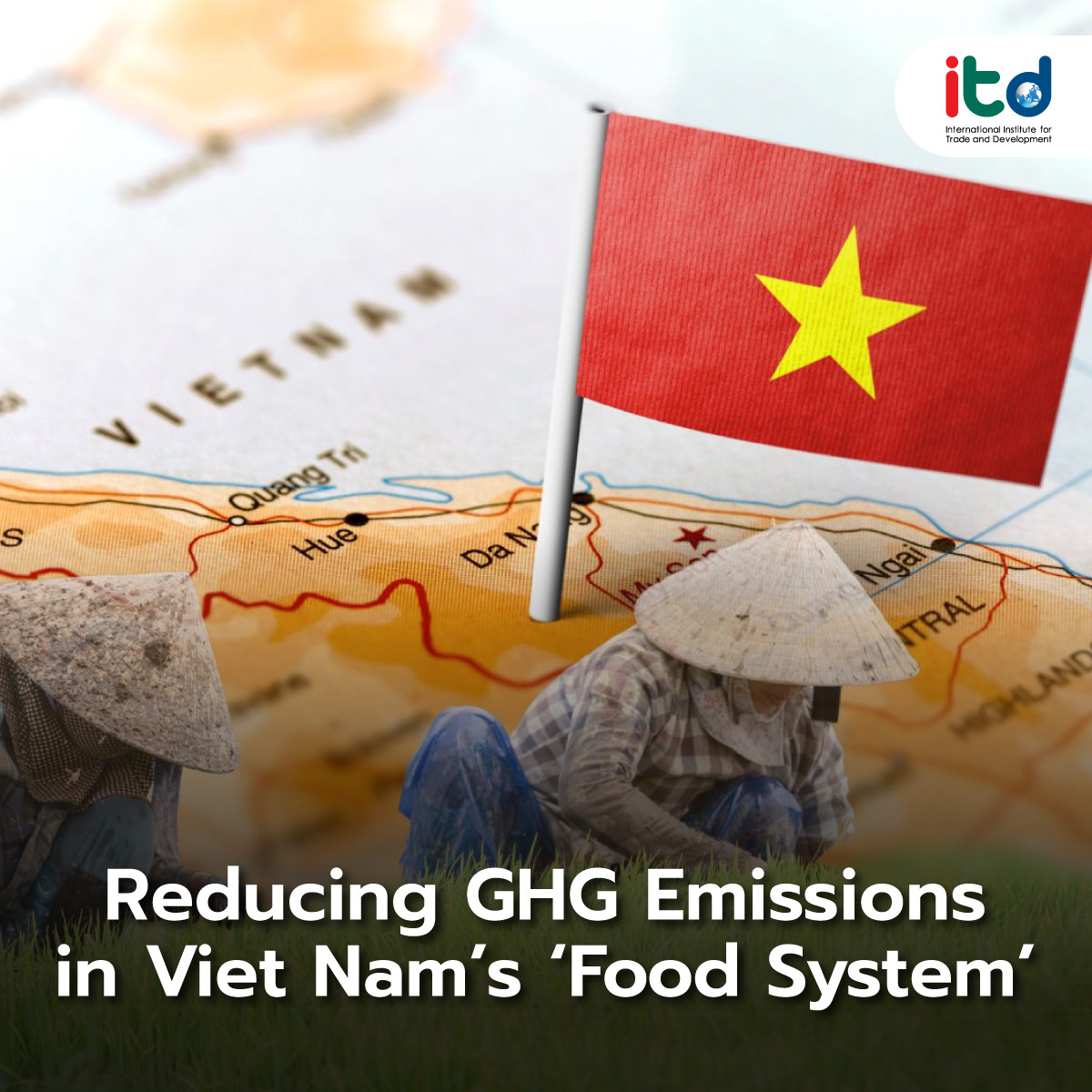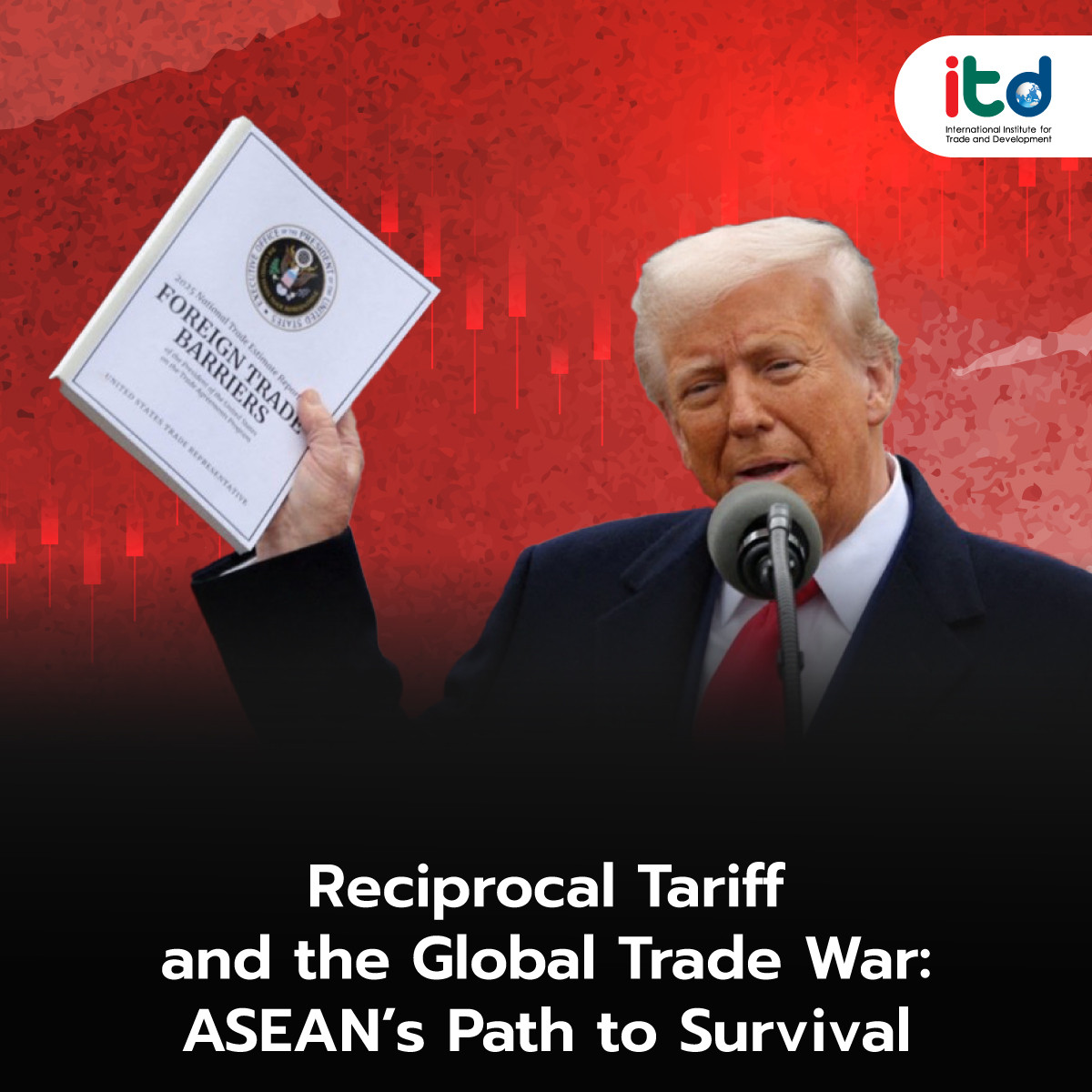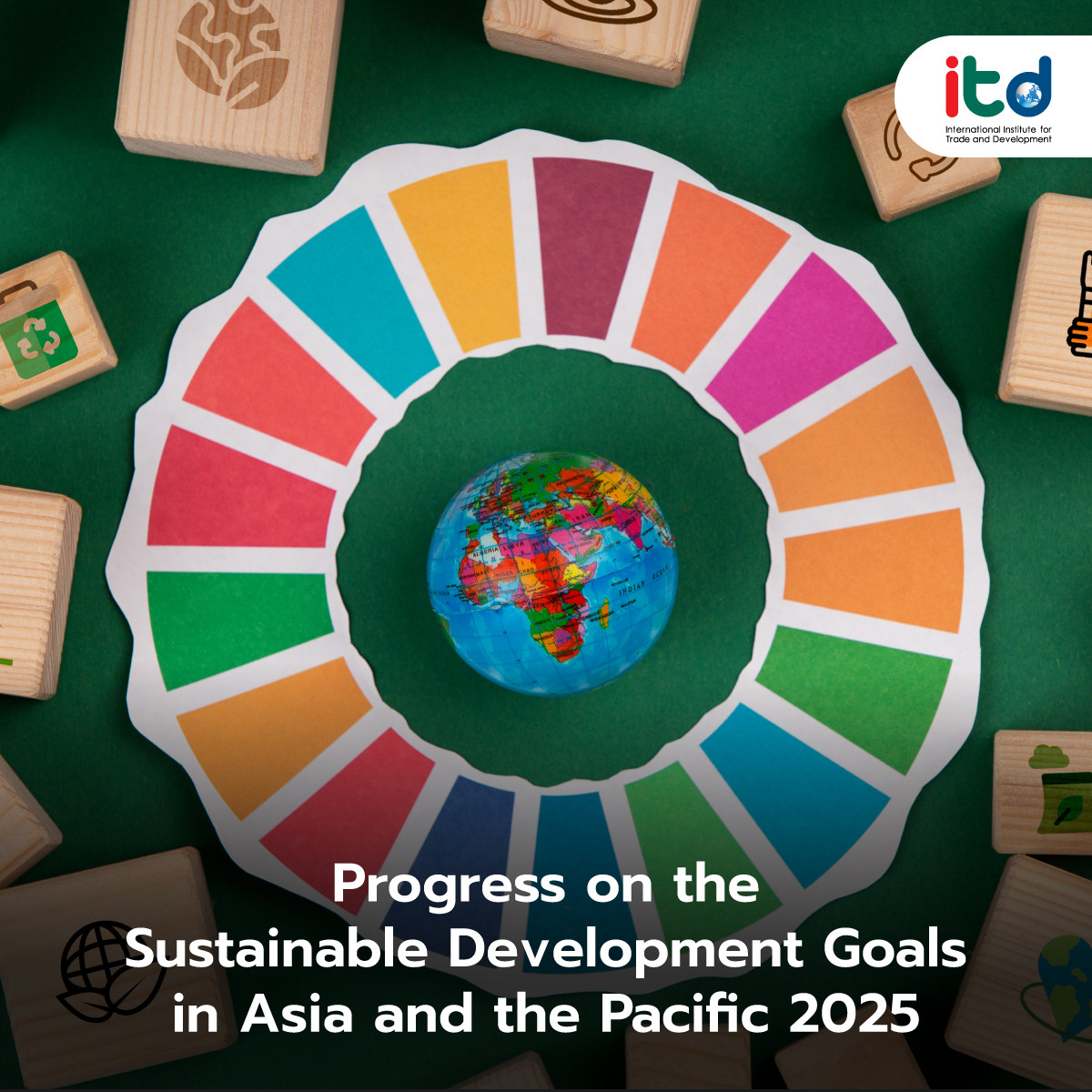About Documents
The food system is an intricate network that includes various activities, processes, and individuals engaged in the production, processing, distribution, and consumption of food. Additionally, it involves social, economic, and environmental factors that impact food production and consumption, like land use, labor practices, and food policies.
Currently, food systems are a significant source of greenhouse gas (GHG) emissions, accounting for approximately 31.5% of total emissions. Most of these emissions come from agricultural activities, followed by land use and energy use in food supply chain. The prediction indicates that greenhouse gas emissions will keep increasing in the future. Hence, it is vital to decrease GHG emissions within food systems to combat climate change, an issue of growing importance.
The Center for International Forestry Research and World Agroforestry (CIFOR-ICRAF) has studied food systems related to reducing emissions, selecting Vietnam as a case study. This choice is due to Vietnam’s biodiversity, coastline in the typhoon belt of Southeast Asia, and large river deltas with dense populations and a widespread aquaculture sector. These factors make Vietnam highly vulnerable to the impacts of climate change.
The study found that in Viet Nam, from 2010 to 2020, the per capita greenhouse gas emissions increased, including greenhouse gas emissions from the food system. Although the proportion of greenhouse gas emissions from the food system decreased, still play a significant role in national emissions.
The food system consists of three main activities: land-use change, farmgate, and pre- and post-production activities. In 2020, the top five sources of greenhouse gas emissions under these activities were rice cultivation (34%), livestock management (23%), synthetic fertilizers (10%), food system waste disposal (8%), and household food consumption (8%).
These activities account for over 83% of GHG emissions. Therefore, it is recommended that Viet Nam focus on these activities when implementing policies to reduce greenhouse gas emissions in the food system. However, it is important to consider not only the scale of emissions but also the cost and feasibility of implementation. Some activities, even though they are not major sources of emissions, can effectively reduce emissions at a low cost and are easily accessible within the food supply chain.
For effective greenhouse gas reduction policies, financial incentives, education and capacity building, technical and organizational innovations, and strong governance mechanisms are needed. Supporting research and developing new technologies are also crucial to ensuring that Viet Nam’s food system achieves sustainable food production efficiency.
In Thailand, the situation is like that in Viet Nam due to large-scale food production and consumption. Sustainable food system management is crucial for reducing greenhouse gas emissions. Policymakers might consider these approaches as examples for policy formulation to ensure that the food system can produce food efficiently and sustainably while reducing greenhouse gas emissions in the long term.
Author:
Ms. Natjaree Petruang
Researcher
International Institute for Trade and Development (ITD)
www.itd.or.th
Publication: Bangkok BIZ Newspaper
Section: First Section/World Beat
Volume: 37 Issue:12676
Date: Wednesday, Jul. 3, 2024
Page: 8 (left)
Column: “Asean Insight”






